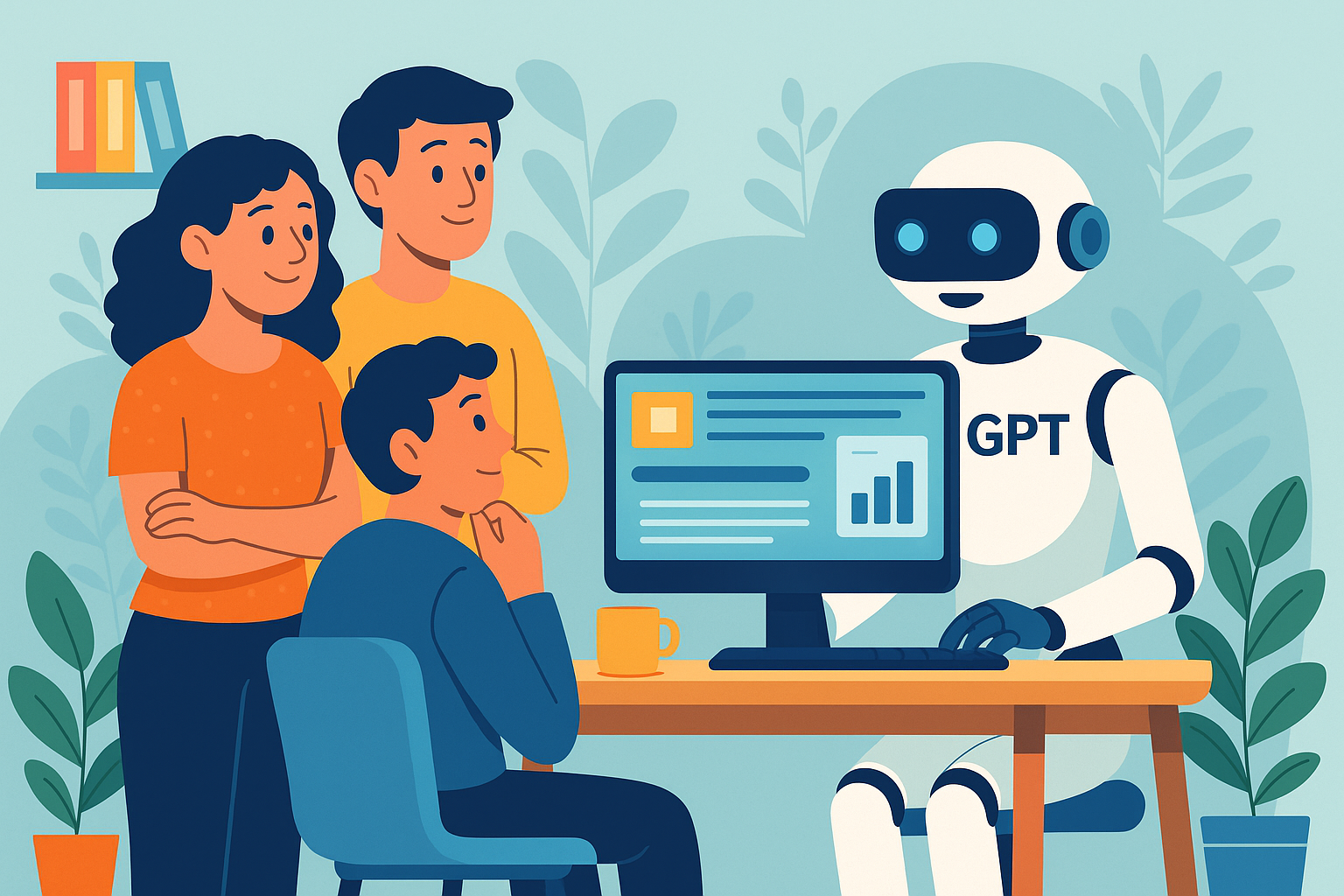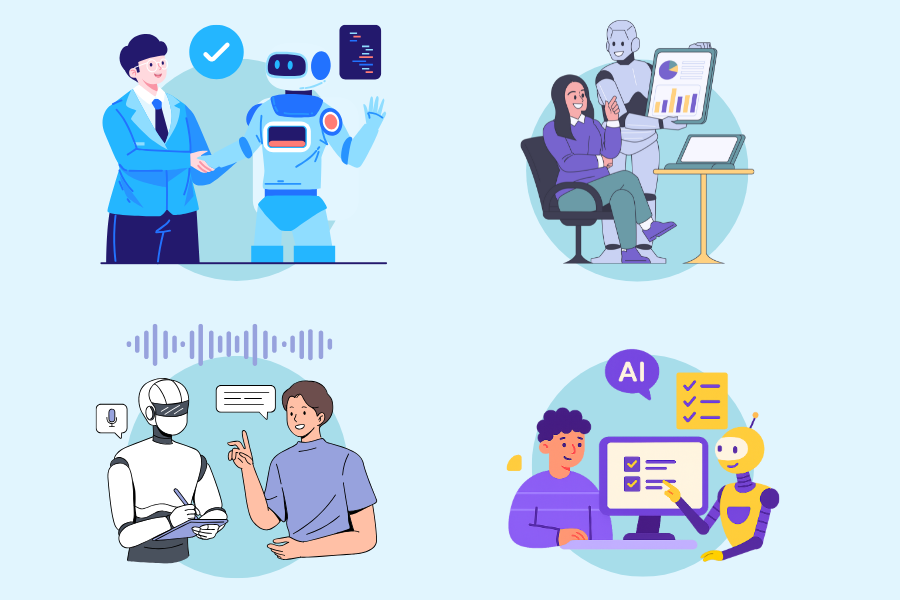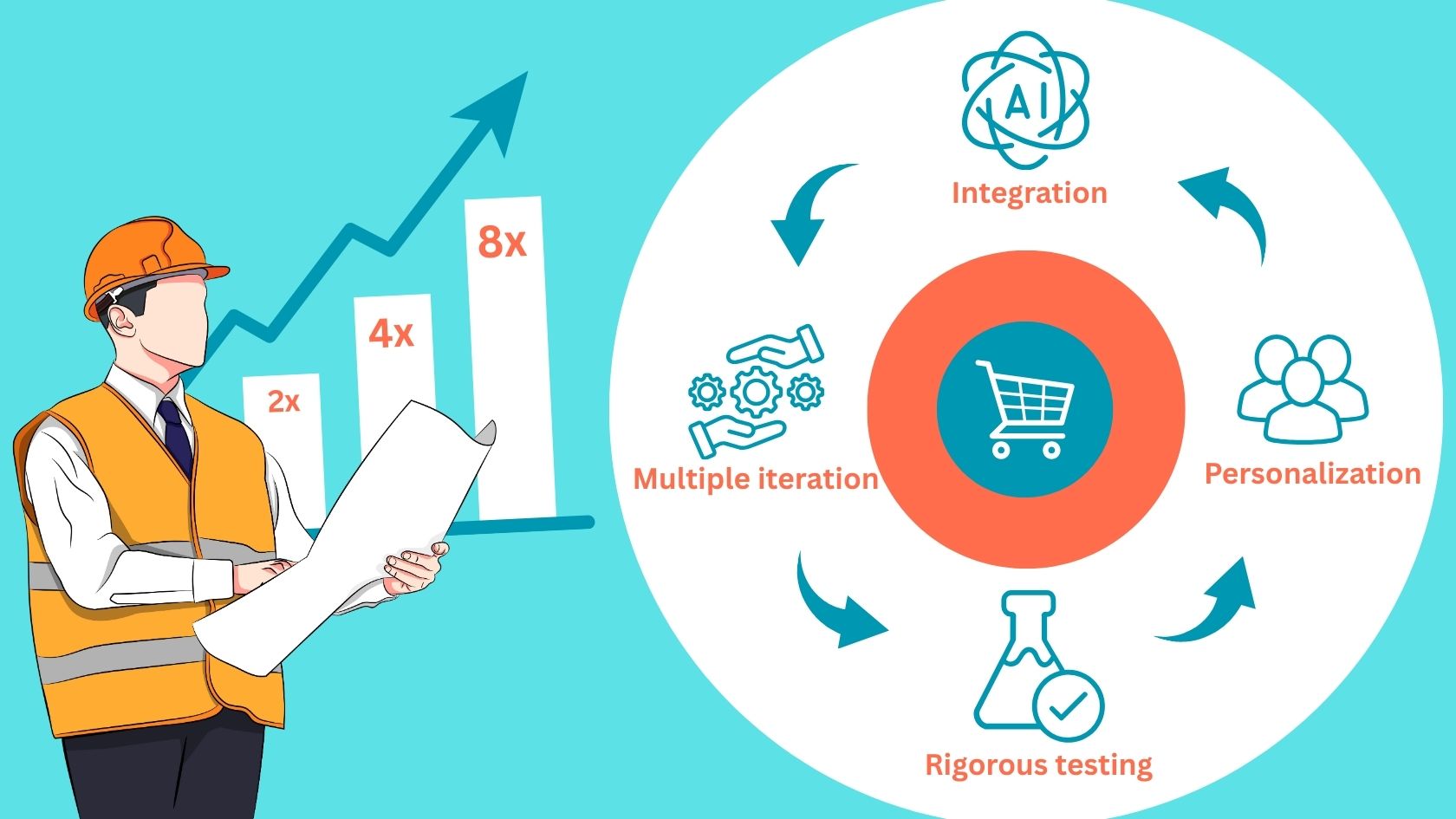
Will OpenAI Ever Stop Operating As a Black Box?
OpenAI’s cautious approach to operating ChatGPT is no mystery. The company openly acknowledges keeping the internal workings of its AI models discreet. Meanwhile, competitors like DeepSeek and Grok have embraced a more open approach, leading many to wonder if OpenAI will follow suit.
Simply put, OpenAI does not fully disclose the inner workings of its AI models—particularly the complex algorithms and data processing methods—for legitimate reasons. These include competitive pressures, regulatory constraints, and the organization’s mission and values.
The question remains: Will OpenAI stop functioning as a "black box"?
Why Does OpenAI Operate as a Black Box?
Like any other private entity, OpenAI has the right to keep its internal operations discreet, maintaining a certain level of opacity. In the artificial intelligence (AI) space, this is often called the "black box approach."
The OpenAI project is heavily funded by Microsoft, spending more than $10 billion in investment by 2023, with their priority being revenue—via APIs, subscriptions, and enterprise deals. Therefore, transparency could undermine this by exposing trade secrets or inviting legal risks (e.g., copyright lawsuits over training data).
- AI models require billions of dollars in research and training; keeping models proprietary ensures a return on investment.
- Revealing too much about its technology would allow competitors (like Google DeepMind, Anthropic, and Meta) to replicate or improve OpenAI’s models.
- Disclosing too much about AI architectures could lead to misuse, such as Malicious actors fine-tuning models for harmful purposes (e.g., deepfakes, misinformation).
- Making AI systems fully transparent might not solve interpretability issues, as even AI researchers struggle to explain how deep learning models make decisions fully.

Threat from the Competitors
With competitors like DeepSeek, Qwenlm, and Grok modeling their AI language platforms after ChatGPT, OpenAI has even more reason to keep its models and algorithms under wraps. By doing so, it not only preserves its competitive advantage but also reinforces security measures to prevent misuse or exploitation.
In a statement to the New York Times, the company was quick to say that DeepSeek may have inappropriately distilled its models.
Model distillation is a common machine learning technique in which a smaller “student model” is trained on predictions of a larger and more complex “teacher model.”
There is currently no method to prove this, but OpenAI might believe that limiting access is a responsible approach to prevent bad actors from exploiting AI and preserve its investment.
Why Is Continuing as the Black Box Disastrous?
The integrity of any product or service lies in being transparent. For an AI LLM model like ChatGPT, it means upholding the Ethics of AI and accountability. Users seek transparency to understand how the model operates; in return, we offer their trust in its outputs.
Imagine applying for a loan through a bank, but the representative denies it without providing a clear explanation. Would you not feel rather agitated? If they were to say your low credit score is the reason, you would work on it. The same applies to AI tools and models.
The controversy peaked when OpenAI hid the information about the cyberattack instance in 2024 from law enforcement. Although attackers could breach employees’ project boards and chats, they failed to enter the central systems.
Therefore, it may be time for OpenAI to come forward and be more transparent, at least with its explanation of algorithmic decisions and models, to demonstrate a commitment to fairness and help identify biases.
OpenAI’s Path Forward
Contrary to its name, OpenAI is less open. The company's trajectory suggests a tug-of-war between its original nonprofit ethos and its current for-profit reality.
There is a growing demand for transparency in AI models, especially as they become deeply integrated into critical industries such as healthcare, criminal justice, and finance. The public, governments, and advocacy groups are more likely to demand that AI systems be explainable and accountable.

AI transparency is built across many supporting processes but primarily focuses on three important factors.
- Explainability – Describe how the model's algorithm reached its decision, which is comprehensible to experts and amateurs.
- Interpretability – Understand the model's inner workings to understand how specific inputs or prompts led to the model's outputs.
- Data governance – Provide insight into the source, quality, and suitability of data for training and inference in algorithmic decision-making.
The most plausible solution is not a complete end to the black-box approach but a hybrid model -OpenAI might offer controlled transparency—say, explainable AI layers for regulators or trusted partners—while keeping core Intellectual Property locked down.
It helps balance ethical and societal pressure with internal incentives. For example, it could release simplified "shadow models" for scrutiny without exposing the real thing; a tactic already floated in AI policy circles.
Conclusion
Whether OpenAI will ever succumb to pressure for accountability or regulatory push to reveal its internal working is yet to be seen. We can expect them to be more open toward scientific collaboration and user-demanded customization, which would at least require providing auditable explanations of outputs.
In short, OpenAI might slightly open the door—driven by regulation or optics—but do not expect it to stop being a black box entirely anytime soon. The tech’s complexity, the profit stakes, and the competitive landscape weigh too heavily.
Talk to us if you want to learn about GenAI and how it could benefit your business!
Related Post
RECOMMENDED POSTS
RECOMMENDED TOPICS
TAGS
- artificial intelligence
- agentic ai
- ai
- machine learning
- deepseek
- llm
- data science
- ai/ml
- chatgpt
- growth engineering
- gpt
- openai
- ai development
- productivity
- data visualization
- data roles
- database management
- data engineer
- data scientist
- data analyst
- gcp
- sql query
- data isolation
- db expert
- database optimize
- customer expectation
- sales growth
- cloud management
- cloud storage
- cloud optimization
- aws
- open source
- climate change
- llm models
- leadership
- it development
- empathy
- static data
- dynamic data
- ai model
- xai
- qwenlm
- bpa
- automation
- healthcare
- modern medicine
- growth hacks
- test
- artificial intelligene
ABOUT
Stay ahead in the world of technology with Iowa4Tech.com! Explore the latest trends in AI, software development, cybersecurity, and emerging tech, along with expert insights and industry updates.






Comments(0)
Leave a Reply
Your email address will not be published. Required fields are marked *